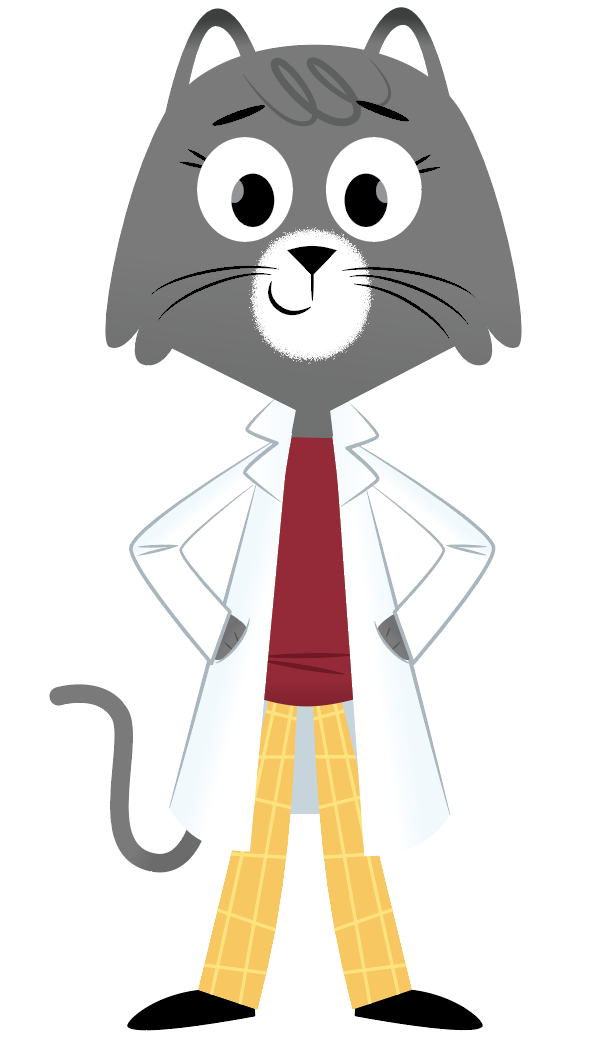Dear Sam,
If you’ve ever been near a herd of mooing cows, it might have sounded like all their moos were the same. But just as each person’s voice is a little different, so is each cow’s moo.
Human ears might not always pick up the small differences in moos, but cow ears sure can. In fact, cows have great hearing. They can even tell that different moos mean different things.
That’s what I found out from my friend Amber Adams-Progar, an animal scientist at Washington State University who studies cow behavior. She learns a lot about how we can better care for cows and spends time visiting our herd out at the Knott Dairy Center in Pullman, Wash.
 Adams-Progar explained that before humans domesticated cows and started raising them on farms, these animals lived in the wild. In nature, mother cows go off on their own to find a spot to have their baby.
Adams-Progar explained that before humans domesticated cows and started raising them on farms, these animals lived in the wild. In nature, mother cows go off on their own to find a spot to have their baby.
Sound is a big part of how a mother and baby cow bond. While a calf might send out one kind of moo when she is hungry, another moo might mean she’s lost.
“Sometimes a calf will go running off and the mom will look around. All of a sudden you hear her moo and then somewhere in the distance you hear a little moo respond back,” Adams-Progar said. “It’s kind of cute.”
Some cows will also moo when they are looking to find a mate. Finding other cows in the herd is part of why these animals moo, but there are other reasons, too.
In the wild, cows are prey animals. Sometimes mooing attracts predators, but sometimes cows can also use their moos to help keep each other safe. They can use their moos and their great sense of hearing to let other cows in the herd know there might be danger afoot.
While mooing can help cows find and protect one another, they also use other kinds of behaviors to communicate. Sometimes cows will grunt. Usually when we see cows grunting, they are pretty content, like when they are eating. They may also use their grunts when they are defending themselves or letting other cows know about their rank in the herd.
A wag of their tail can also help communicate to animals around them. When its tail is between its legs, the animal may be cold. A wagging tail could also mean it is in pain or just irritated. Cows also use their tails to swat away flies and sometimes calves wag their tails when they are nursing.
It’s a great question you ask, Sam. Maybe the next time you pass a herd of mooing cows you can think about all the different communication that is going on out there in the pasture.
In fact, your question leaves me with even more questions about animal communication. Why does a bat screech? A bee buzz? Or an elephant trumpet? What is your favorite animal? What sounds does it make to communicate? Tell me about it sometime at Dr.Universe@wsu.edu.